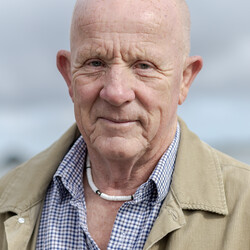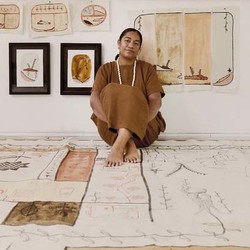Commentary
B.
Bulletin
New Zealand's leading
gallery magazine
Latest Issue
B.21601 Jun 2024
Contributors
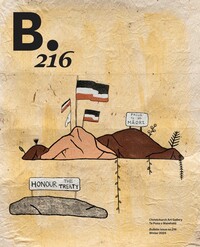
Commentary
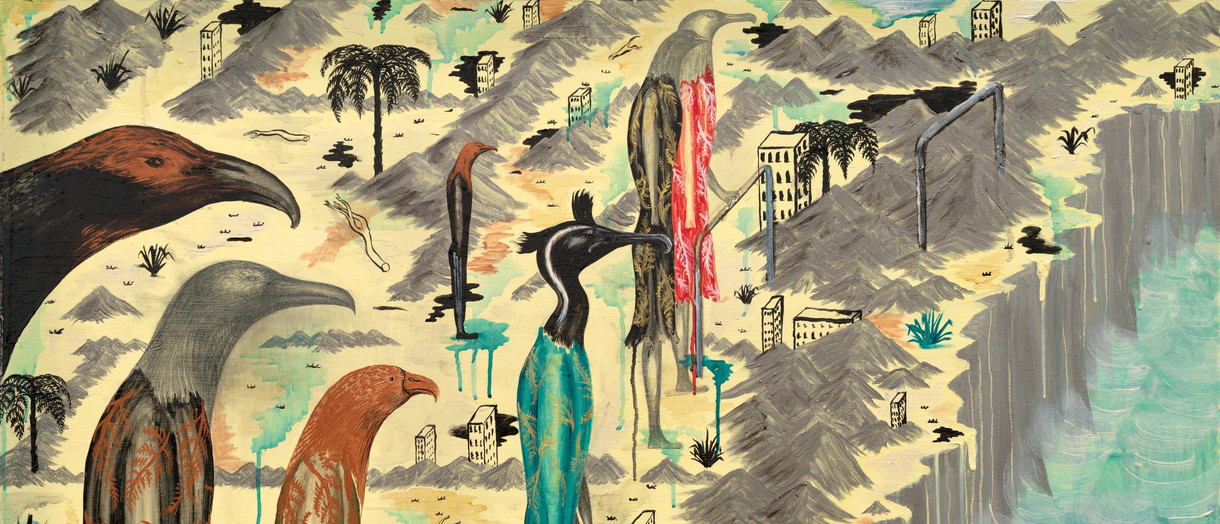
Caveat Collectors
Extinction has claimed nearly fifty per cent of Aotearoa New Zealand’s bird species over the past 650 years. The persistent myth has it that European settlement in the nineteenth century swept away a pristine past. And most obviously, because we know their names and can catalogue (literally) their infamy, that story includes the professional bird collectors as the cause of those extinctions.
Commentary
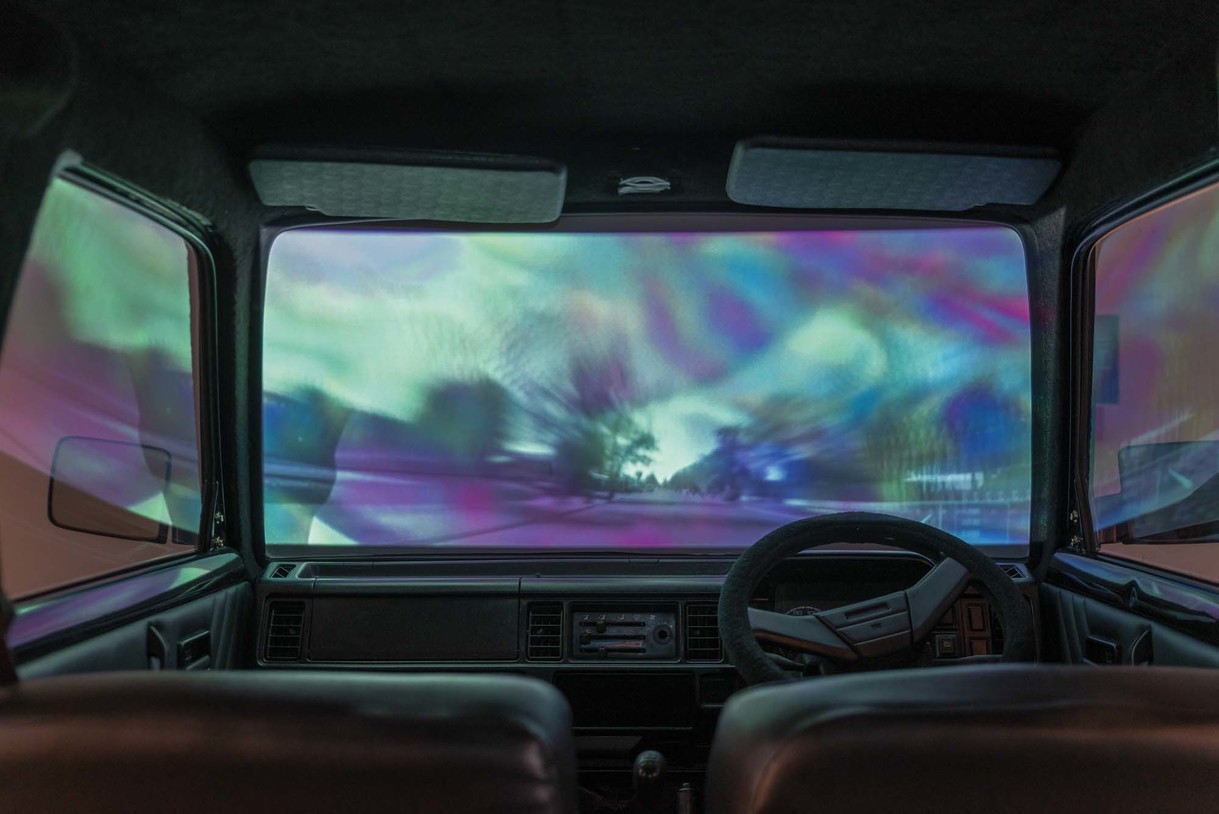
Te Āhua o te Hau ki te Papaioea
The ‘Operation 8’ anti-terror raids in October of 2007 were the culmination of a police investigation that led to the raiding of homes across New Zealand. The raids were conducted after an extended period of surveillance, which was enabled through use of the 2002 Terrorism Suppression Act. In 2013 the Independent Police Conduct Authority found that police had “unnecessarily frightened and intimidated” people during the raids.
Commentary

The World Tossed Continuously in a Riot of Colour, Form, Sound
One hundred and twenty five years ago, after years of political struggle, Aotearoa New Zealand granted all adults the right to vote by extending suffrage to women. To mark this anniversary, for this issue of Bulletin our curators have written about some of the Gallery’s significant – yet lesser-known – nineteenth and mid-twentieth-century works by women. Our intention is to make these paintings, and the cultural contribution of the artists, more visible in 2018.
Commentary

As Stark and Grey as Stalin's Uniform
Heading along to the stunning Rita Angus: Life & Vision survey exhibition at the Gallery in 2009 I always had this nagging feeling that one work was missing from the walls – Angus’s Gasworks from 1933. This painting was one that I knew only through the black and white image that appeared first in a volume of Art in New Zealand in 1933; the same reproduction that was later used in Jill Trevelyan’s excellent biography of Angus and also in the catalogue for the National Art Gallery’s 1982 retrospective, Rita Angus. For the New Zealand art historian, Gasworks was a kind of legend – painted by one of the country’s best artists yet seen in person by only a very few. In 1975, when Gordon H. Brown curated New Zealand Painting 1920–1940: Adaption and Nationalism, Gasworks was listed as ‘location unknown’ in the accompanying catalogue. Amazingly the painting was also not included in the retrospective exhibition of 1982. We had grown to know this painting purely through a grainy black and white illustration from 1933. But the painting was never lost – Gasworks is a painting that has been cherished, protected and loved by the same Christchurch family since the early 1940s. And now, having been placed on loan to Christchurch Art Gallery Te Puna o Waiwhetū, it is available for the public to view for the first time since 1933, when it was shown at the Canterbury Society of Arts.
Commentary
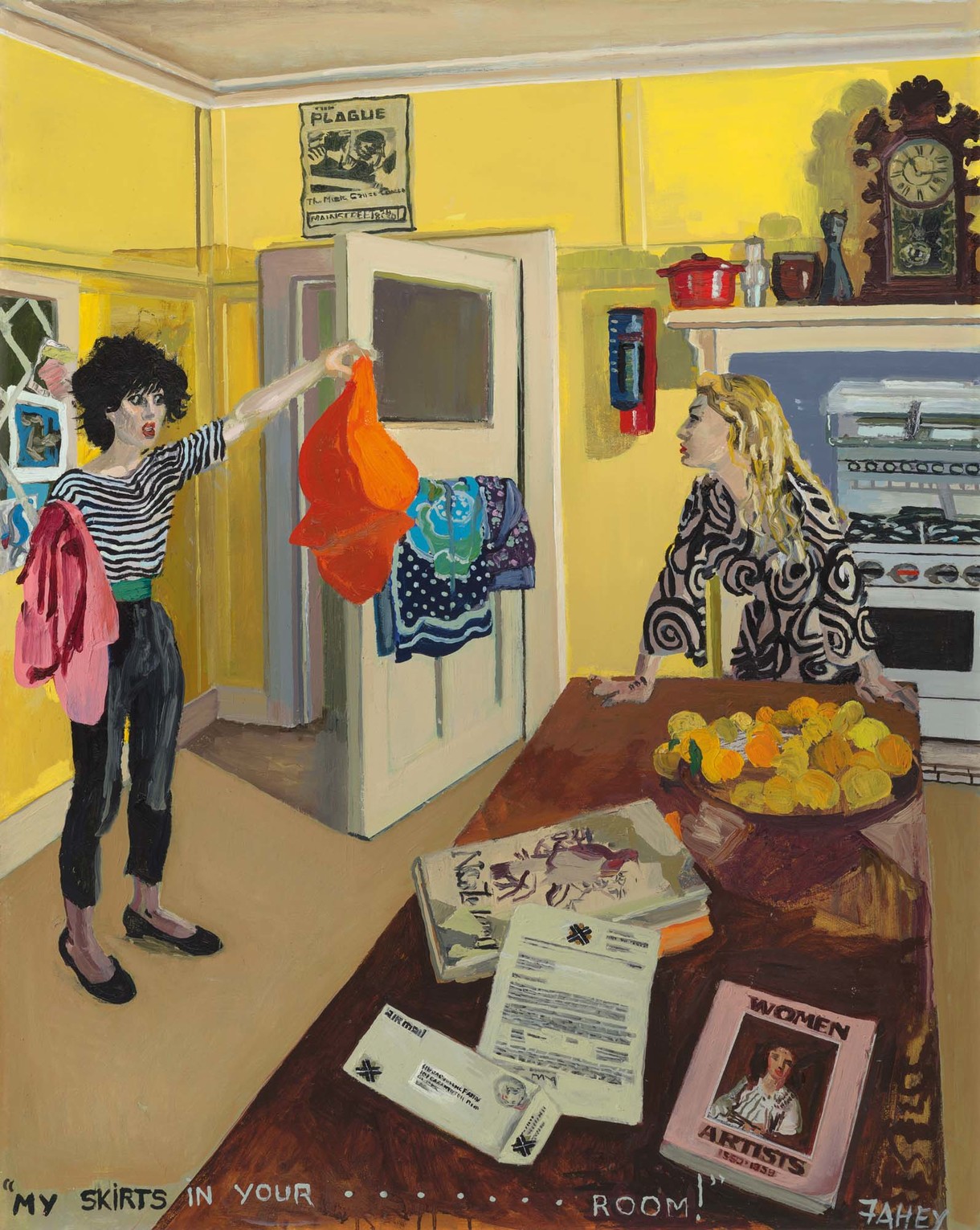
An Undeniable Promise
There is such a burden of expectation placed on Anne’s painting, and on the exhibition… itself. I feel, like many women painters that she is being asked to prove an undeniable promise. This is unfair.
Commentary

Representing Women: Ann Shelton’s Dark Matter
What is ‘dark matter’? For theoretical physicists it is matter that cannot be directly observed but whose existence is nevertheless scientifically calculable – productively present yet simultaneously invisible. In a similar vein, the everyday phrase ‘dark matter’ describes objects, conditions and situations that harbour unease or trauma. Trauma that is often concealed, repressed, or buried. Both definitions are active in Ann Shelton’s mid-career review exhibition Dark Matter, and they provide a rich point of entry into this compelling collection of her photographic work. These are photographs that bristle with intensity and refuse to let their subjects die a quiet archival death.
Commentary
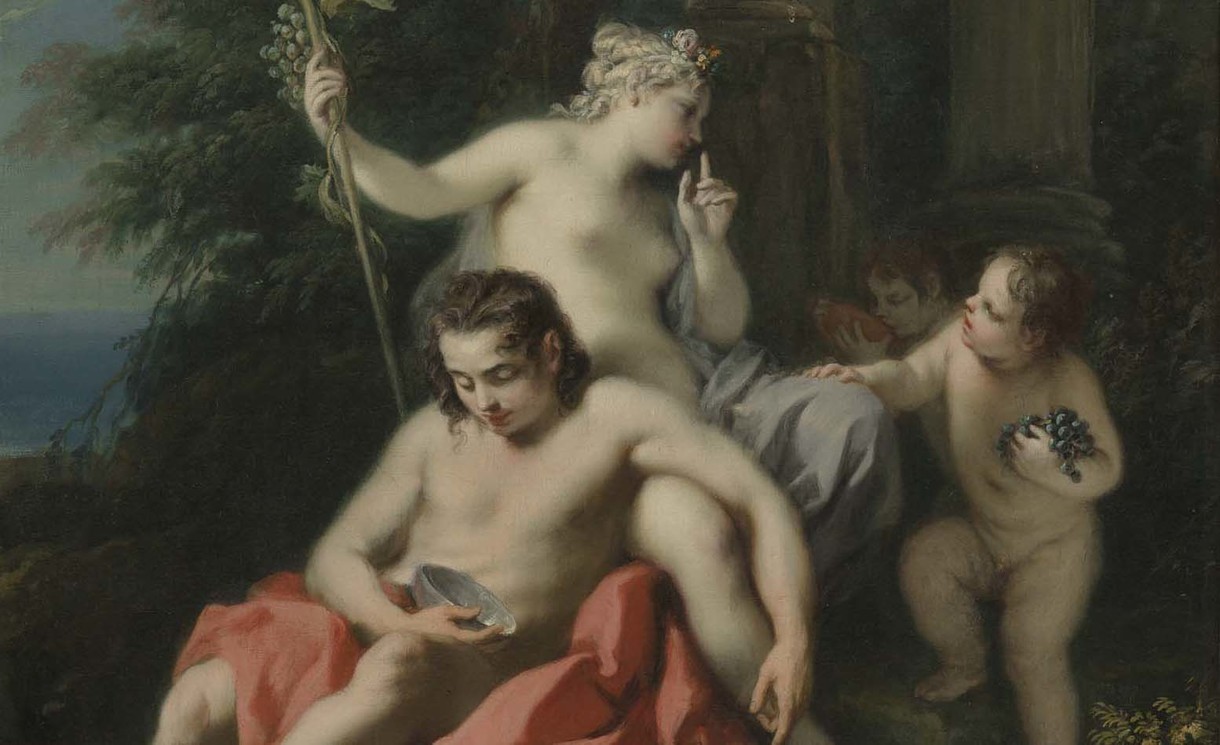
See Italy and Die
‘A man who has not been to Italy is always conscious of an inferiority, from his not having seen what it is expected a man should see.’
Samuel Johnson, 1776
As every traveller knows, there is something obsessive about setting out on a journey: the preparatory work of consulting guides, the organisation of itineraries, the accommodation pre-booked, bags packed with essentials, provisions for the journey assembled. This essay explores the metaphor of a journey, with the particular Italian twist that informs the work of the artists gathered together in the exhibition The Weight of Sunlight.
Commentary
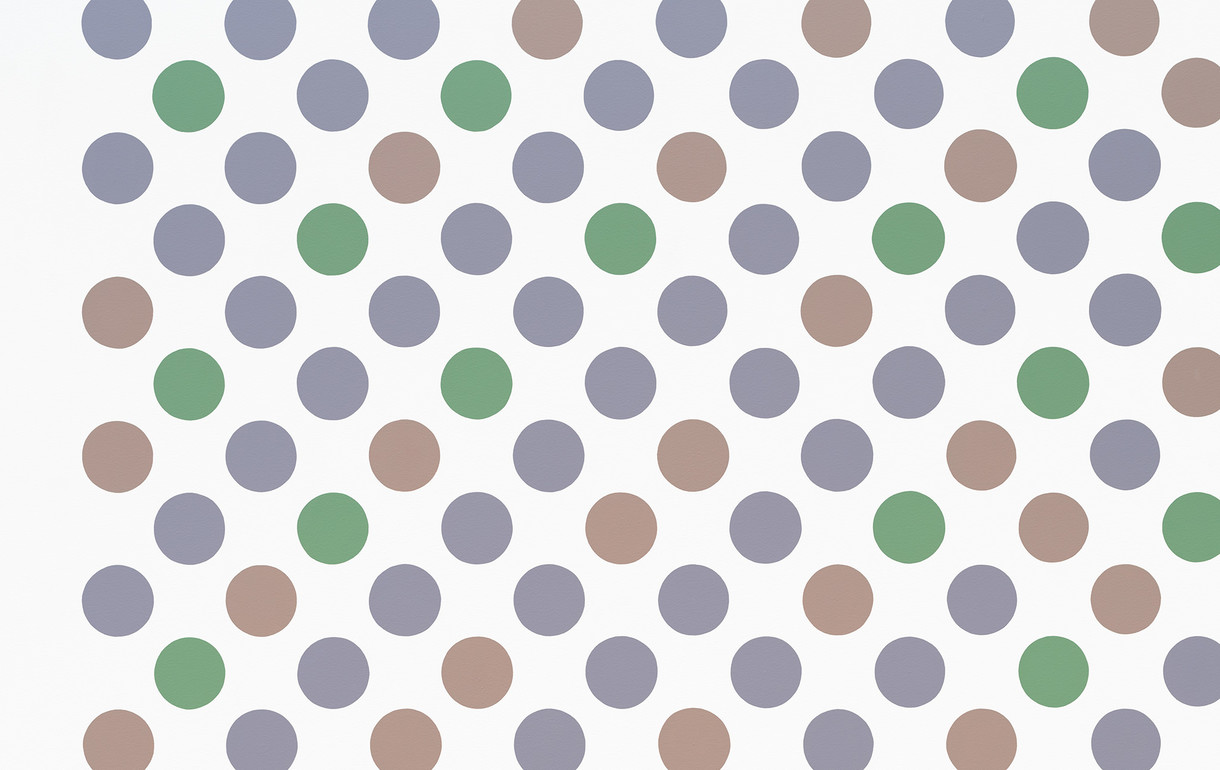
Our Instinct Enhanced
What does Bridget Riley’s art mean? We might imagine that a wall painting titled Cosmos (2016–17) referred to life within a cosmos, an order than encompasses us, whether natural or divine. The designation connotes a degree of philosophical speculation, unlike the direct descriptions that Riley occasionally employs as titles, such as Composition with Circles. But whatever meaning we derive from viewing Cosmos will be no more intrinsic to it than its name. Attribution of meaning comes after the fact and requires our participation in a social discourse. Every object or event to which a culture attends acquires meaning; and Riley’s art will have the meanings we give it, which may change as our projection of history changes. Meaning, in this social and cultural sense, is hardly her concern.
Commentary
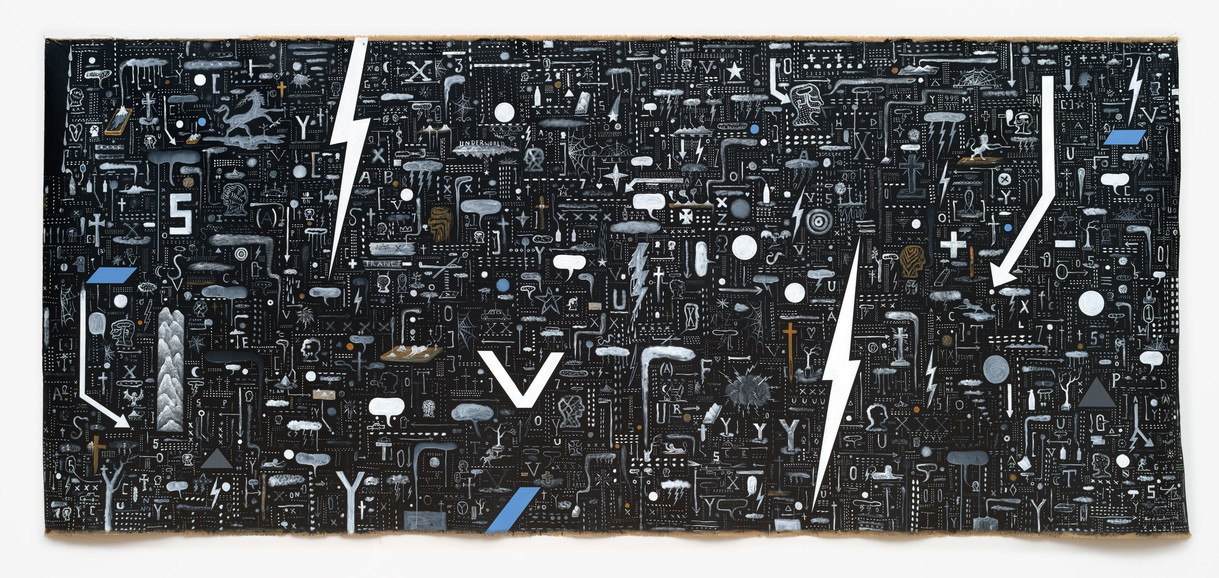
Your Hotel Brain
We recently opened a new collection-based exhibition, Your Hotel Brain. Curated by Lara Strongman, it focuses on the cohort of New Zealand artists who came to national – and in some cases international – prominence in the 1990s. The title of the exhibition is a phrase drawn from Don DeLillo’s epic novel, Underworld, published in 1997. It gestures towards the way that pieces of information float through your mind, checking in and out, everything demanding attention, everything happening all at once – a metaphor for postmodernism in the 1990s and for the increasing slippage of context in the digital era. The 1990s were a time of great social and cultural change in Aotearoa New Zealand, set against a broader backdrop of globalisation and the rise of digital technologies. Artists, as ever, registered these cultural shifts early. We asked a number of people who were working in the arts at the time to recall their experiences of the 1990s.
Commentary
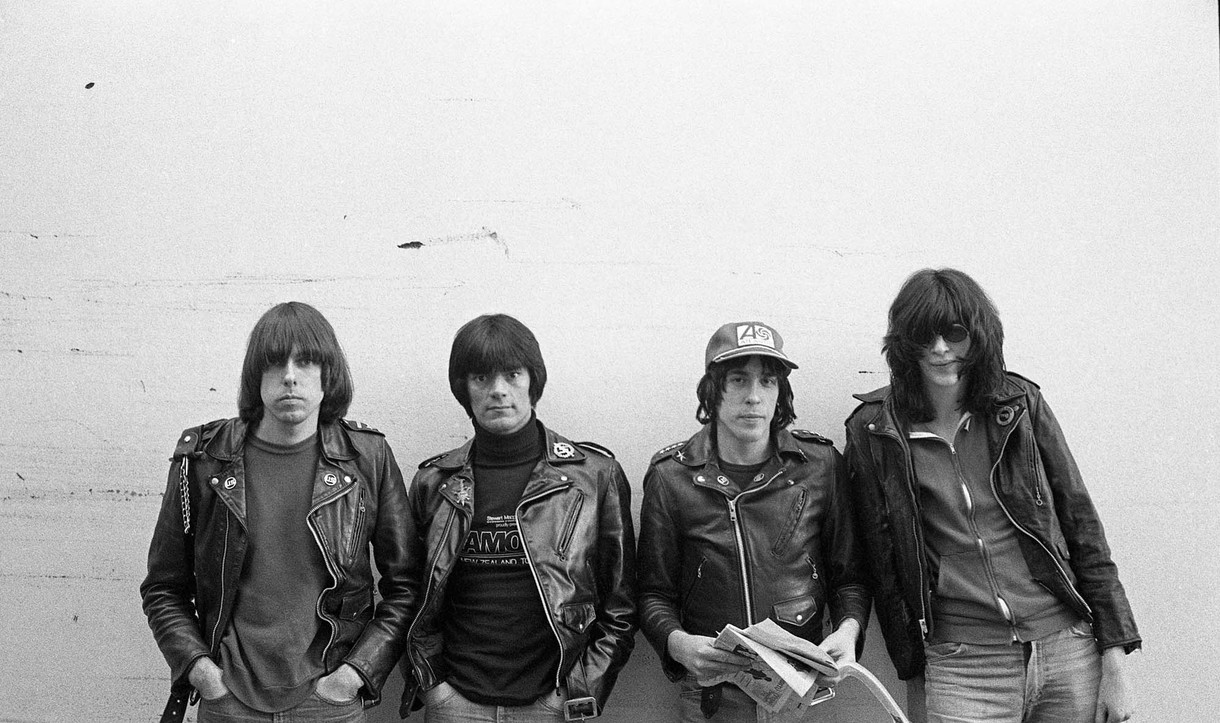
Laurence Aberhart
New Zealand artist Laurence Aberhart is internationally regarded for his photographs of unpeopled landscapes and interiors. He photographs places redolent with the weight of time, which he captures with his century-old large-format camera and careful framing. But he’s always taken more spontaneous photographs of people too, particularly in the years he lived in Christchurch and Lyttelton (1975–83) when he photographed his young family, his friends and occasionally groups of strangers. ‘If I lived in a city again,’ he says, ‘I would photograph people. One of the issues is that I even find it difficult to ask people whether I can photograph a building, so to ask to photograph them – I’m very reticent. I also know that after a number of minutes of waiting for me to set cameras up and take exposure readings and so on, people can get rather annoyed. So it’s not a conscious thing, it’s more just an accident of the way I photograph.’
